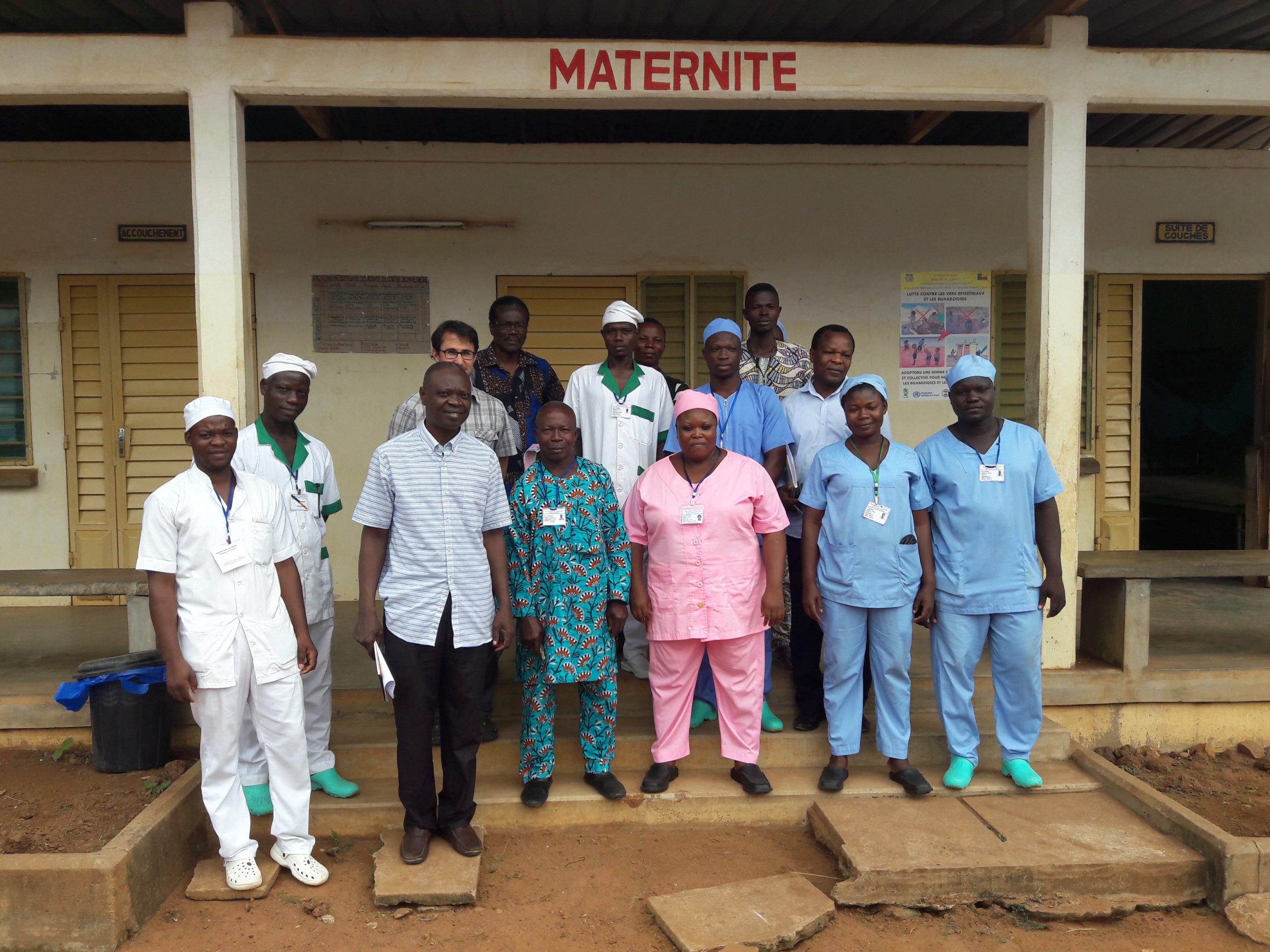
As mentioned in a previous post: internet coverage is increasing in developing countries and universal internet access is no longer just a dream. So, what does this mean for global health? What does this mean for health data systems?
In the past decade, countries have monitored their health programs based on irregular surveys and health ministries have struggled to build reliable routine data systems. However, the rise of the internet and mobile technologies has led to a boom in data sources in developing countries — especially in Sub-Saharan Africa.
Vertical programs (e.g. HIV, malaria), NGOs, national health management information systems (HMIS) are digitizing their data collection process. In addition to these domestic data sources, there is increasing data that can be used for better health system stewardship, including mobile phone data (call records), demographic data and high resolution satellite imagery.
Yesterday the challenge was to build data sources, but today countries have to organize this “ocean of data”.
Big data is often defined by 3 Vs: the (extreme) volume of data, the wide variety of data types and the velocity at which data is processed. By this definition, it is safe to say that global health is moving towards the era of big data. And while we’re not there yet, we can learn from other fields how to prepare health data systems for the upcoming challenges.
Three of these new challenges can be defined as: access, integration, and use.
We’re living in exciting times. We have an opportunity here to (re)invent public health analytics in the light of these changes, and have a real impact on health data systems.
In my next post, I’ll explain how we’re working to concretize this vision in Benin with multiple stakeholders. Stay tuned!
Written by Antoine Legrand, Program Lead of BlueSquare. Find him on LinkedIn here and Twitter here.